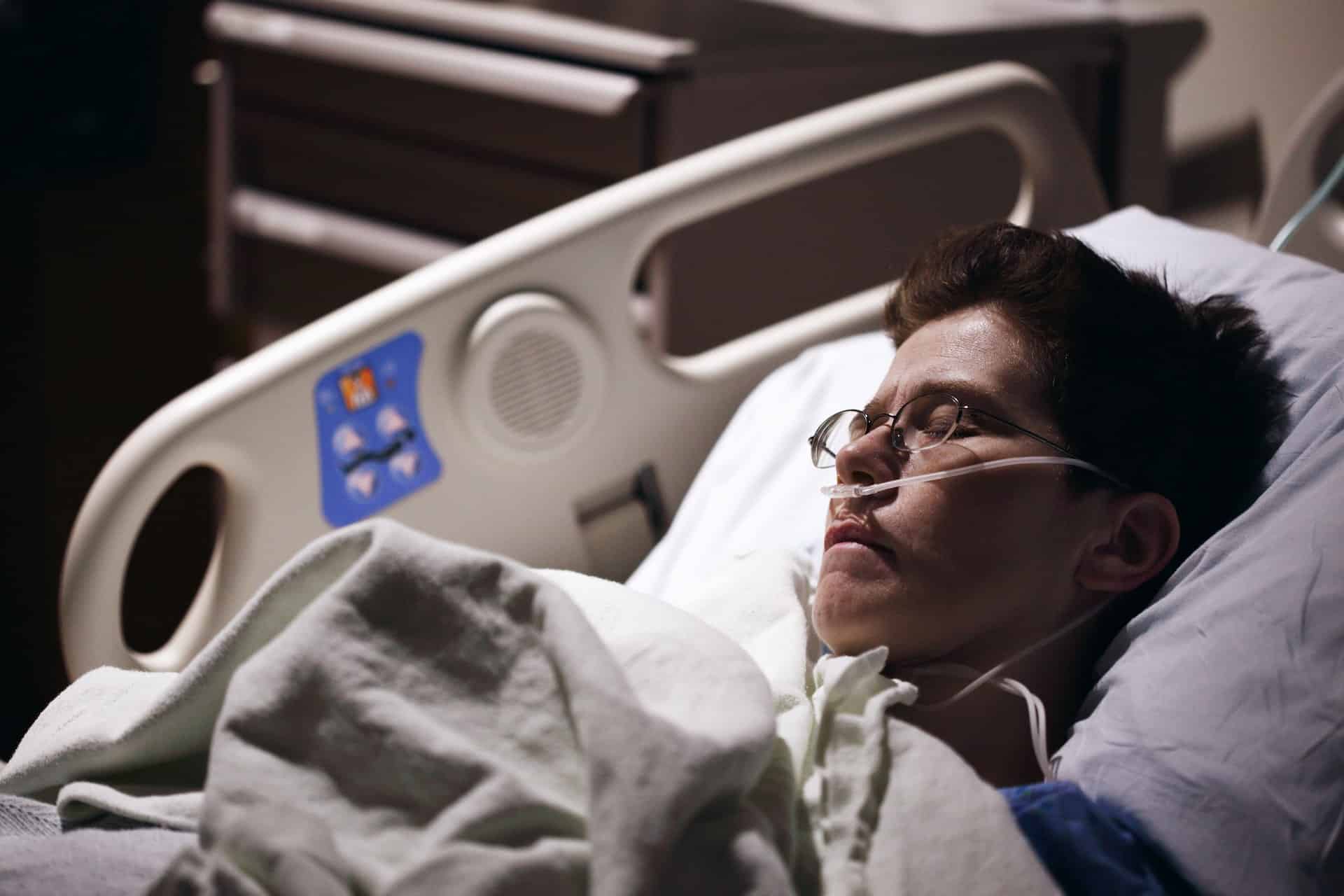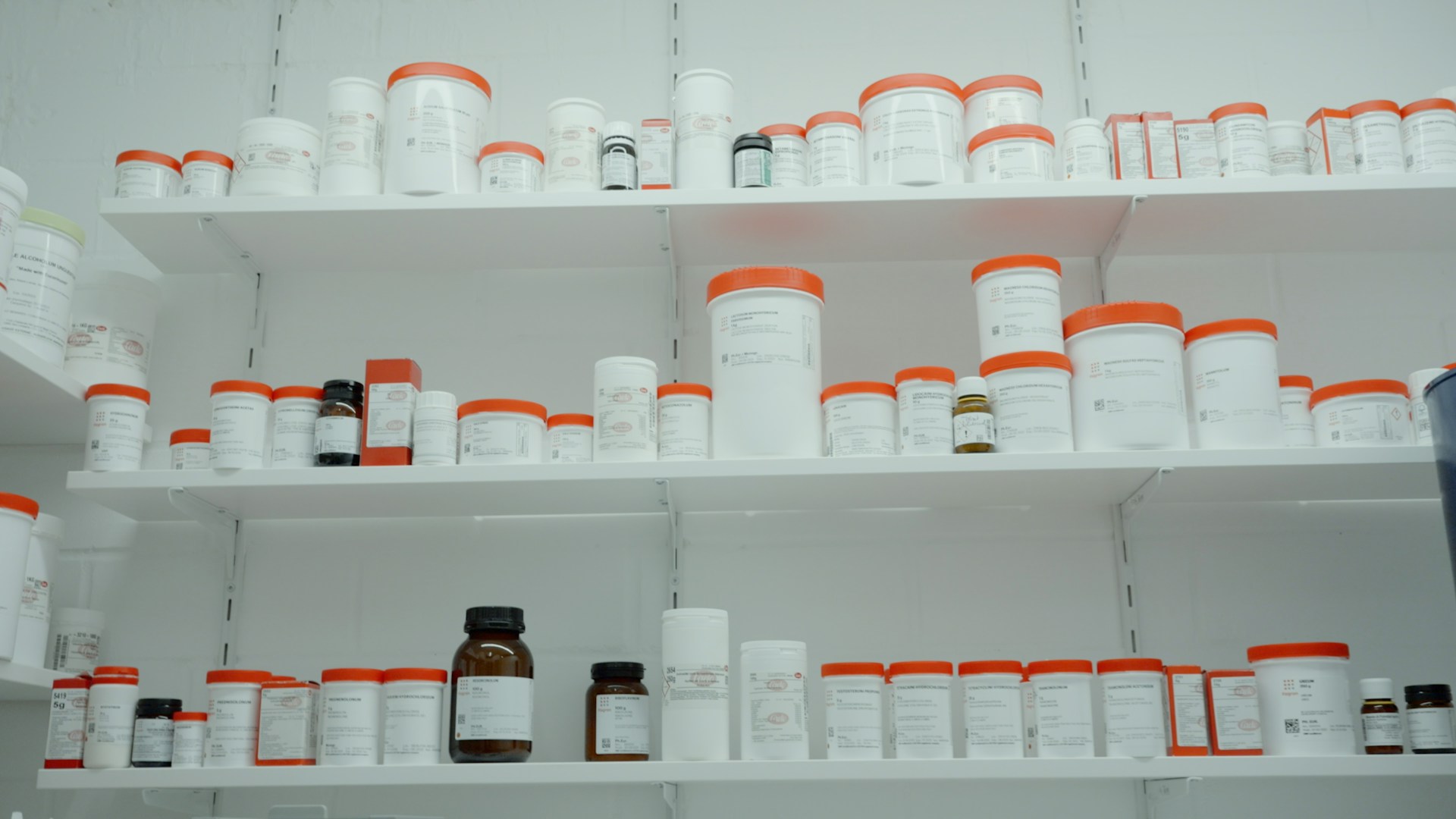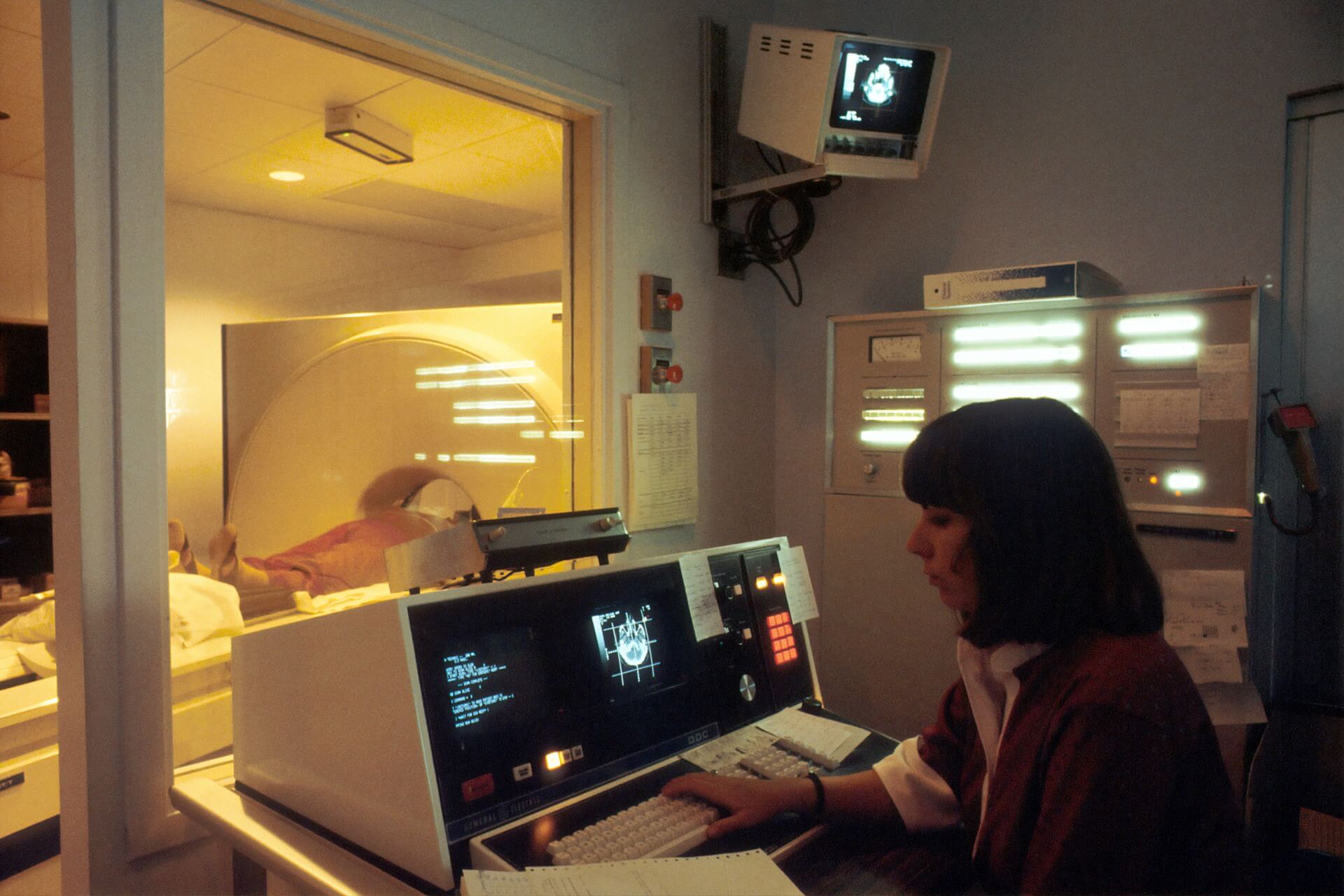
How Patient Monitoring Devices Improve Health Care
February 20, 2023 - Lou Farrell
Revolutionized is reader-supported. When you buy through links on our site, we may earn an affiliate commission. Learn more here.
A person’s condition can change relatively quickly during acute or chronic illnesses. That’s one of the major reasons why patient monitoring devices are so useful within and outside of care settings. If medical professionals and patients know about potential deterioration sooner, they can intervene faster to mitigate complications. Let’s look at some specific things that occur because of improved monitoring options.
Reducing Errors and Pain During At-Home Recoveries
Many people look forward to getting discharged from the hospital and getting approval for recovering at home. However, that phase brings challenges, particularly since patients typically must follow specific directions and track their symptoms carefully. Plus, medical professionals aren’t as readily available to assist if things go wrong when patients are at home.
However, researchers at McMaster University wanted to study the impact of remote patient oversight. They focused on interventions that had people engage in video calls with doctors and nurses while also using wearable devices for remote monitoring.
All patients in the study were recovering from non-elective surgeries that occurred at eight Canadian sites. Those designated for at-home supervision received tablets and remote patient monitoring devices that gathered measurements about six health indicators. These participants also took surgical wound photos and had 24/7 access to health care professionals as needed.
Some people taking part in the study received standard discharge care instead, which is to follow a physician’s orders and return for an in-person visit within 30 days of an operation occurring.
The results showed the group using patient monitoring devices was 5% less likely to need to return to hospitals for care. The percentage of people reporting pain or experiencing medication errors in that group was also comparatively smaller than those getting standard post-operative care.
Most people prefer to recover at home for as long as possible, especially since it’s a familiar and private environment. That’s not a feasible option in every case, but this research shows it’s well worth consideration.
Making Patient Monitoring More Accessible
Patient monitoring devices go beyond products that cost thousands of dollars and get primarily used in hospitals. Some are as accessible as the numerous fitness trackers on the market. Some models track multiple health indicators and tell users of abnormalities. They can then bring up those matters with their doctors. Johns Hopkins researchers believe the potential for commercially available consumer devices to become patient monitoring devices goes even further.
They studied how those trackers could measure key indicators of a person’s general and cardiovascular health. The devices could also support the ongoing care of people diagnosed with pulmonary arterial hypertension and other chronic illnesses.
The researchers gathered step count and heart rate data from each participant. They then determined several metrics that indicate physical health and cardiovascular function. The outcomes led the scientists to conclude that fitness trackers may help identify disease markers. Health care providers could then measure those remotely. The results also strongly suggested fitness trackers could predict when certain disease symptoms may suddenly worsen.
Since fitness trackers are readily available and affordable for many people, more individuals could become interested in using them as patient monitoring devices for better illness management. Staying on top of a chronic condition can be challenging, but it’s usually easier when people have current and reliable data to review.
Eliminating Falls in Hospital Patients
When admitted patients fall in hospitals, those incidents can result in further injuries or death. Health care workers use numerous measures to reduce the likelihood of falls. But, those strategies aren’t perfect, especially as more hospital employees have increasingly heavy workloads.
An Ohio State University team wondered whether putting patient monitoring devices in people’s socks would decrease fall numbers. They devised a system where individuals wore sensor-equipped socks during their stays. If someone attempted to stand, the three nurses closest to that person’s room got alerts through their smart badges.
The alert automatically gets deactivated once the first nurse goes to the room to investigate. However, if none of the three initially alerted nurses respond within a minute, the system contacts the next three closest parties. Then, if no one checks the situation within 90 seconds, the call goes out to all nurses wearing smart badges. That tiered approach reduces the chances of an excessive number of people dealing with alarm fatigue.
The results were impressive because no patients fell during the 13-month study. Another notable metric was that 99.8% of the flagged events were genuine cases where patients tried to stand. That low rate of false alarms ensures health care providers can manage their time well and not investigate non-problematic cases.
Improving Consciousness Measurements for Critically Ill Patients
The morning rounds in a neurological ICU require doctors to perform detailed tests to gauge each patient’s consciousness level. Each test takes up to an hour, but this method is currently the only accurate way to assess someone’s prognosis or if their condition is worsening. Researchers from Stevens Institute of Technology are working on an option to dramatically improve that process.
They’re developing an algorithm that may eventually become part of patient monitoring devices. It provides constant data, making the compiled information more reliable than tests performed once per day.
Early tests show the algorithm is as accurate as trained clinical personnel, even when it only received the most basic physiological data. Moreover, the algorithm was only slightly less accurate than advanced brain imaging equipment, such as functional MRI machines.
Researchers hope this early success will make the algorithm suitable for use within and beyond neurological ICUs. They envision a future where people could install the algorithm on existing patient monitoring devices used at bedsides.
Enhancing Home-Based Monitoring for Patients With Parkinson’s Disease
In-person visits with physicians are vital, but the primary downside is that they only capture data about patients during tiny portions of single days. Another issue is that many people cannot visit medical specialists often enough because they live too far from where those providers practice. Such is the case for some patients with Parkinson’s disease. An MIT team wanted to see how patient monitoring devices might overcome those challenges.
They developed something about the size of a Wi-Fi router that can gather details about a patient’s movement and walking speed. These statistics help physicians understand a patient’s Parkinson’s severity and the disease’s progress. They can also show how well a person responds to medication. Patients do not have to change their behavior with this approach, and the respective device is a non-wearable model.
The researchers conducted a one-year study with 50 participants to see how well the devices worked. That investigation involved the passive collection of more than 200,000 gait-speed measurements. The team used machine learning algorithms to handle that data. The results indicated such monitoring gave more effective measures of disease progression and medication responses than periodic face-to-face appointments.
The people who worked on this project said the ability to get reliable and real-time data could help physicians more readily attend to people with Parkinson’s disease, even if those people couldn’t schedule face-to-face visits.
Progress in Patient Monitoring Devices
Devices used to monitor a patient’s status certainly aren’t new. However, these examples show how innovative efforts could take patient monitoring devices to new heights and benefit everyone involved.
Revolutionized is reader-supported. When you buy through links on our site, we may earn an affiliate commission. Learn more here.
Author
Lou Farrell
Lou Farrell, Senior Editor, is a science and technology writer at Revolutionized, specializing in technological advancements and the impacts on the environment from new developments in the industry. He loves almost nothing more than writing, and enthusiastically tackles each new challenge in this ever-changing world. If not writing, he enjoys unwinding with some casual gaming, or a good sci-fi or fantasy novel.







